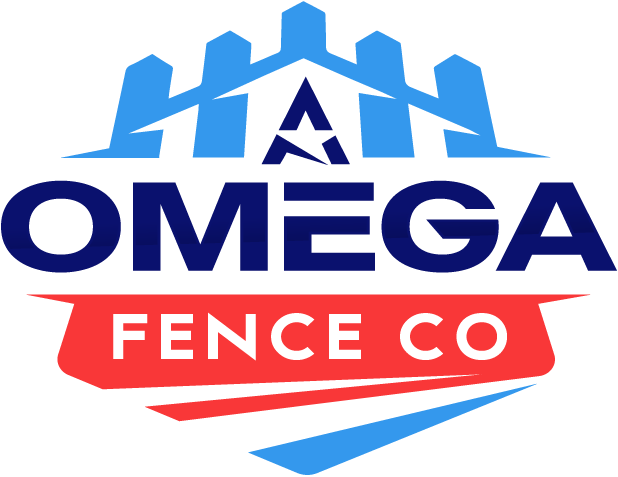Have you ever driven past a home or business and thought, “That fence makes the entire property look secure and welcoming”? It’s no surprise—according to recent surveys, a well-installed fence can improve both property value and curb appeal. But while the benefits are clear, planning a fence installation isn’t as simple as picking a design and calling it a day. Between permits, budgeting, and choosing the right materials, there are several steps that determine whether your investment stands strong for years or requires costly repairs.
That’s where the right planning process comes in. A Omega Fence Company has helped countless homeowners and businesses in Medford Township and the surrounding areas transform their properties with professional fencing solutions. With trusted expertise, quality craftsmanship, and a commitment to service, they make the process smooth and stress-free.
In this guide, we’ll walk through the step-by-step process of planning a successful fence installation—from handling permits and building a budget to selecting materials that match your needs.
Step 1: Understand Permit Requirements
Before breaking ground, the first step is ensuring compliance with local regulations. Medford Township, like many municipalities, has zoning rules and permit requirements that govern fence height, placement, and style. Skipping this step can lead to fines, delays, or even having to remove a fence entirely.
Here’s what to keep in mind:
- Check township zoning codes: Rules often differ for front, side, and backyard fencing. For example, height restrictions are usually stricter for front yards.
- Property lines matter: Installing even a few inches over a boundary can spark disputes with neighbors. Professional fencing contractorsoften provide site surveys to confirm boundaries.
- Special rules for corner lots: If your property is on a corner, visibility for drivers is a factor, which may limit fence height or placement.
- HOA approval: If you live in a community with a homeowners’ association, be sure to review their restrictions before starting.
By starting with permits, we avoid surprises later. A smooth approval process means our fence installation can move forward on schedule.
Step 2: Build a Realistic Budget
A fence is both a financial and long-term investment. Setting a clear budget upfront helps guide decisions on materials, design, and installation.
When creating a budget, consider these factors:
- Length of the fence– The longer the fence line, the higher the overall cost.
- Height and style– Privacy fences and ornamental designs usually cost more than shorter, simpler options.
- Material choice– Vinyl, wood, aluminum, and chain link all come with different price points and lifespans.
- Additional features– Gates, decorative post caps, or integrated security features can increase costs.
- Maintenance costs– Some fences, like wood, require regular staining or sealing, while vinyl and aluminum offer lower upkeep.
Budgeting doesn’t just help avoid overspending—it ensures the fence we choose matches both our financial comfort zone and long-term goals.
Step 3: Choose the Right Fence Material

The material we select sets the tone for how the fence performs and looks over time. Every property has different needs, whether it’s privacy, security, or aesthetics.
Here are the most common options:
Wood fencing
- Classic look and natural appeal
- Affordable upfront but requires ongoing maintenance
- Works well for residential fencingprojects
Vinyl fencing
- Durable and low-maintenance
- Available in many colors and styles
- Great for homeowners who want long-term value without frequent upkeep
Aluminum fencing
- Stylish and sturdy
- Often chosen for decorative or security purposes
- Rust-resistant and ideal for commercial fencingprojects
Chain link fencing
- Cost-effective and practical
- Popular for large properties or businesses
- Can be upgraded with vinyl coatings for durability
By comparing these options, we can weigh cost, durability, and appearance to choose a fence that fits both our property and lifestyle.
Step 4: Plan for Functionality and Style
Beyond material, the design and layout of a fence affect how well it meets our needs. Some questions to ask ourselves include:
- Do we need privacy, or is the fence mainly decorative?
- Should the fence provide securityfor pets or children?
- Will the design complement the home or business property’s style?
- Do we need multiple gatesfor access?
Balancing function and appearance ensures we don’t just build a barrier—we enhance the overall property.
Step 5: Hire Professional Fencing Contractors
Even with the best planning, the quality of a fence installation depends on the contractors handling it. Experienced fencing contractors in Medford Township know local codes, soil conditions, and the challenges of installation in the area.
Benefits of working with professionals include:
- Proper installation techniques that extend fence lifespan
- Accurate post setting and alignment to prevent leaning
- Access to high-quality materials and warranties
- Reduced risk of costly fence repairdown the line
This step ensures that all the effort we put into planning pays off with a fence that stands strong for years.
Step 6: Plan for Long-Term Maintenance
Every fence requires some level of upkeep, and planning for it in advance avoids unexpected expenses.
- Wood– Needs sealing or staining every few years to resist weather damage.
- Vinyl– Occasional cleaning keeps it looking fresh.
- Aluminum– Minimal maintenance beyond occasional inspections.
- Chain link– May need periodic tension adjustments or rust prevention treatments.
By considering maintenance early, we make sure our fence continues to perform without the need for frequent fence repair in Medford Township.
Step 7: Schedule Installation at the Right Time

Timing matters more than most realize. Harsh winter weather or heavy rains can delay projects or affect installation quality. Many homeowners prefer to schedule fence installation in Medford Township during spring or early fall when the ground is easier to work with and weather conditions are stable.
Planning installation around favorable conditions helps ensure a smoother process and longer-lasting results.
Step 8: Add the Finishing Touches
Finally, think about the details that make a fence complete. This may include:
- Decorative post caps for style
- Security locks on gates
- Landscaping along the fence line
- Lighting for both safety and aesthetics
Small touches can significantly improve both functionality and curb appeal.
Ready to Build the Fence That’s Right for You?
What’s the difference between a fence that lasts decades and one that leans after a few seasons? It all comes down to planning. From permits and budgeting to choosing the right materials, every step plays a role in ensuring success.
That’s why partnering with experts makes all the difference. At A Omega Fence Company, we specialize in residential and commercial fencing projects that combine durability, style, and compliance with local requirements. Whether you’re planning a new fence installation in Medford Township or need reliable fence repair, our experienced team can help you every step of the way.
Contact A Omega Fence Company today to schedule a consultation and see how we can help you plan and install a fence that meets your needs, protects your property, and enhances its appeal for years to come.

